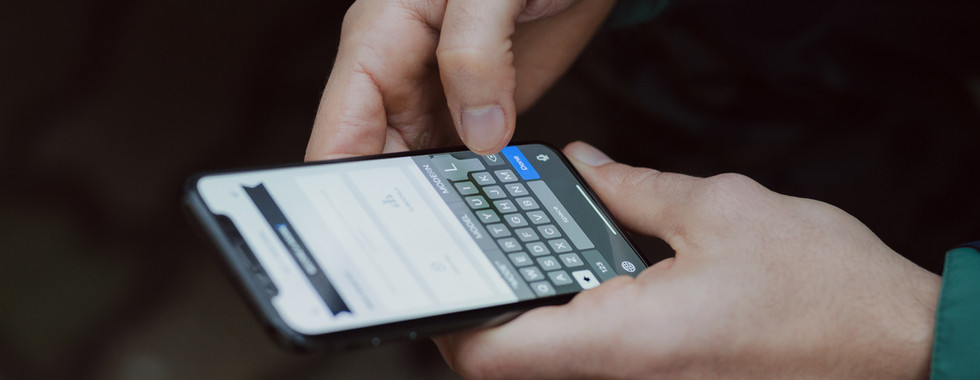In the wake of the COVID-19 pandemic, adolescents have faced unprecedented challenges that extend far beyond the threat of the virus itself. The digital landscape, once a source of connection and information, has transformed into a double-edged sword for many young minds. The "Coming Storm" refers not to a meteorological event, but rather to the looming mental health crisis triggered by the overuse of technology and the social isolation imposed by the pandemic.
The Digital Dilemma

Before the pandemic, technology was already deeply ingrained in the lives of adolescents. However, the shift to remote learning, virtual socializing, and increased screen time during lockdowns exacerbated the problem. From endless scrolling on social media platforms to the pressure to maintain a curated online persona, adolescents are grappling with the psychological toll of constant connectivity.
The Social Isolation Effect

While technology connects us in unprecedented ways, the paradox lies in its potential to isolate. During lockdowns, the physical distance from friends, teachers, and extended family members left adolescents without the crucial face-to-face interactions that are essential for mental well-being. The lack of in-person socialization, coupled with the pressure to present a perfect online image, has led to feelings of loneliness, anxiety, and even depression.
The Blue Light Battle

Excessive screen time, especially before bedtime, has been linked to sleep disturbances. The blue light emitted by screens interferes with the production of melatonin, the hormone responsible for regulating sleep. The resulting sleep deprivation not only impacts mood and cognitive function but can also contribute to mental health issues over time.
Tips for Navigating the Storm

Digital Detox
Encourage adolescents to take regular breaks from screens. Establish tech-free zones in bedrooms and promote activities that do not involve electronic devices.

Balanced Screen Time:
Advocate for a balanced approach to screen time, especially when it comes to social media. Help adolescents understand that the curated images they see online are not an accurate reflection of reality.

Prioritize Face-to-Face Interaction
Encourage safe, in-person socialization whenever possible. Whether through outdoor activities or small gatherings, face-to-face interactions are crucial for mental well-being.

Establish Healthy Sleep Habits
Emphasize the importance of a good night's sleep. Set consistent bedtimes and create a calming bedtime routine that doesn't involve screens.

Open Communication
Foster an environment where adolescents feel comfortable discussing their feelings. Encourage open communication about the challenges they may be facing, both online and offline.
Final Thoughts
As we navigate the coming storm of mental health challenges among adolescents, it's crucial to address the root causes and implement strategies that promote a healthy relationship with technology. By fostering a balance between virtual and real-world experiences, we can help the younger generation weather the storm and emerge with resilience, empathy, and a stronger sense of self. Together, as a society, we can guide adolescents toward a healthier, more mindful use of technology while ensuring they have the support they need to face the challenges of today and tomorrow.
Meet the Blogger

William (Eddy) Schedule
Executive Director
Deblin Health Concepts
AEC(AW) US Navy Retired







